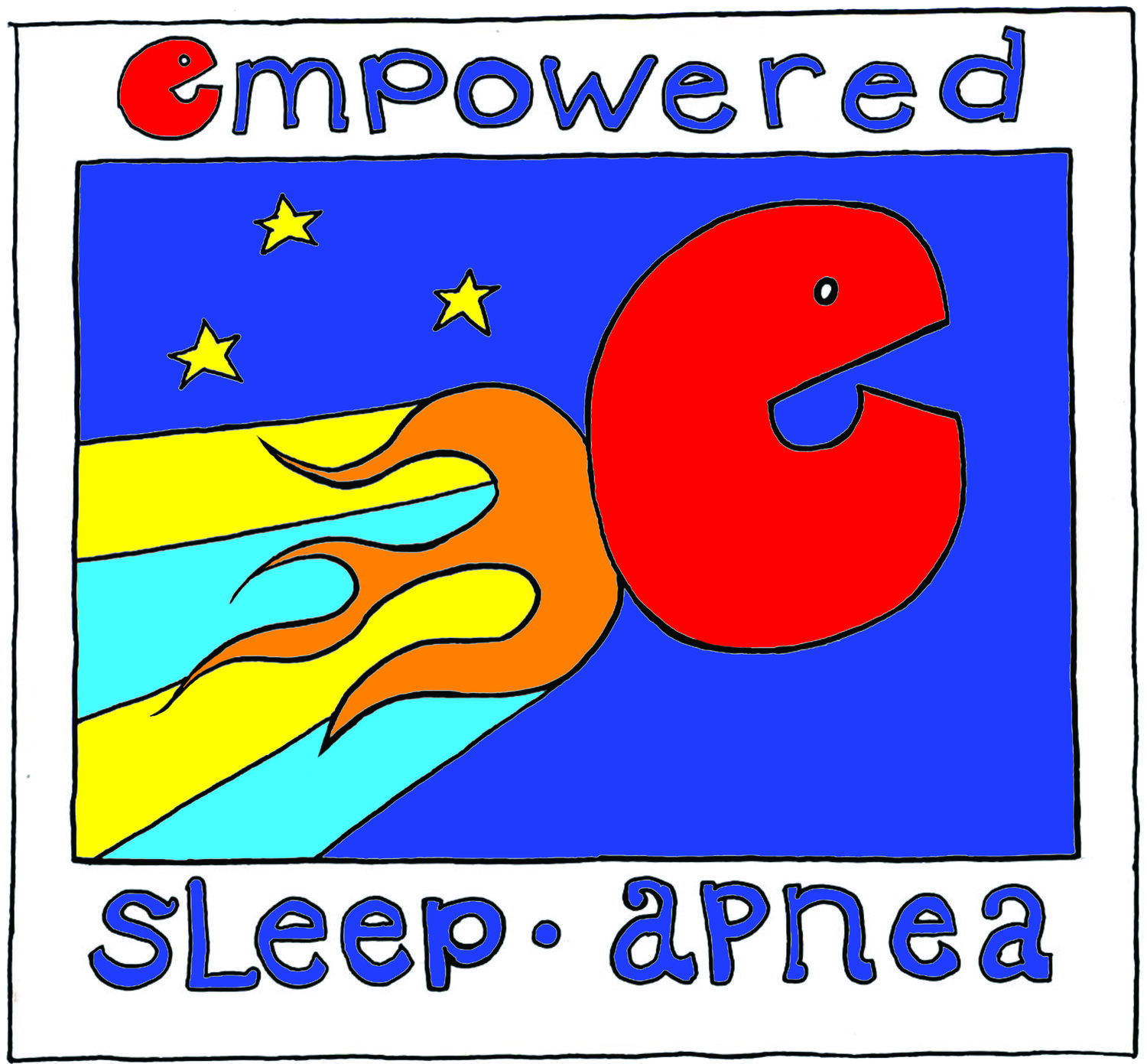What Counts as Proof? Rethinking ‘Harmlessness’ in Orthodontic Practice
By David E. McCarty, MD, FAASM (but you can call me Dave)
4 June 2025
~ ~ ~ ~ ~
“Absence of evidence is not evidence of absence.”
— Carl Sagan, The Demon-Haunted World: Science as a Candle in the Dark (1995)
“There’s a rat in me kitchen, what am I gonna do?”
--UB40, Rat in Mi Kitchen (1986)
~ ~ ~ ~ ~
A lawyer friend, knowing that I have opinions about such matters, once asked me: “Is there evidence that cervical headgear causes harm?” I paused—not because I was unsure, but because the question misframes the very standard of scientific inquiry. A better question might be: “Have we ever actually looked?”
Cervical headgear (CHG)—a common orthodontic device used to “correct” class II malocclusion by pulling the upper jaw (maxilla) backward—remains in clinical use today. Advocates for its continued use often cite the lack of evidence demonstrating harm as justification. But as a sleep physician trained in the rigors of Evidence-Based Medicine (EBM), I find this argument deeply misleading.
Dr. David Sackett, widely regarded as the father of EBM, offered a now-classic definition in 1996:
“Evidence based medicine is the conscientious, explicit, and judicious use of current best evidence in making decisions about the care of individual patients. It integrates individual clinical expertise with the best available external clinical evidence from systematic research.”1
Let’s dwell there. “Best available evidence” does not mean no evidence of harm. It means asking the right questions and conducting systematic research. When plausible mechanisms of harm exist, the burden is on the profession to disprove—not simply deny—that harm.
Cervical headgear alters facial structure by restraining forward growth of the maxilla. It flattens the midface and may reduce nasal cavity volume, retro-position the mandible, and narrow the airway posteriorly. The biological plausibility that this device could contribute to downstream nasal obstruction, oropharyngeal crowding, and sleep-disordered breathing is well established in craniofacial sleep medicine literature2.
But the “evidence base” cited by defenders of CHG falls short on nearly every front:
Most studies are short-term, focusing only on dental alignment and cephalometric profiles.
Few assess physiologic outcomes, such as airway volume, nasal resistance, or sleep quality.
None demonstrate longitudinal safety, tracking outcomes into adulthood where sleep apnea or TMJ dysfunction might emerge.
This is what David Sackett warned us about: the inappropriate use of weak or irrelevant evidence to justify clinical practice. In a 1997 article, he wrote:
“The practice of evidence based medicine means integrating individual clinical expertise with the best available external clinical evidence… without this integration, practice risks becoming tyrannized by evidence, for even excellent external evidence may be inapplicable or inappropriate to an individual patient.”3
So what would acceptable evidence look like?
If we were truly serious about determining whether CHG causes harm, we would:
Conduct prospective longitudinal studies of children treated with CHG, followed into adolescence and adulthood
Measure airway size, tongue posture, nasal patency, and polysomnographic data—not just molar relationships
Include control groups matched for craniofacial phenotype, development stage, and health outcomes, treated with non-retractive, expansive, tooth-sparing strategies
Stratify risk for sleep-disordered breathing and compare real-world function, not just aesthetic satisfaction
Instead, what we have are radiographs showing retraction and cosmetic conformity. The absence of alarming findings in these reports is not a reassuring signal—it’s a marker of uninformed endpoints. And when we realize that we have no real long term data for CHG, we recognize that there’s an absence of physiologic endpoint evidence for all kinds of orthodontic interventions that have similar growth-hampering effects on the cranio-facial respiratory complex. This is the start of a large conversation.
This is not evidence, you see. It is omission.
Imagine a pharmaceutical company producing a drug that changed children’s facial structure, suppressed maxillary growth, and possibly shrank airway volume—without ever testing for long-term physiologic impact. Would regulators allow it? Would clinicians tolerate it? Would parents accept it?
Orthodontics deserves the same ethical scrutiny. Familiarity is not proof of safety. Remember our experience with Thalidomide and cigarette smoking…a device’s long-standing use does not validate its innocence.
“Half of what you’ll learn in medical school will later be shown to be wrong. The problem is, we don’t know which half.”
— paraphrased from a lecture often attributed to David Sackett4
When clinicians claim that CHG (and, by extension, other practices that hamper normal growth of the craniofacial respiratory complex) is “safe” simply because harm has not been proven, they’re not practicing evidence-based medicine. They’re practicing tradition-based medicine, in drag.
It’s time we stop confusing silence with safety. In the absence of real evidence, we must adopt the most ethical stance of all: humility.
Fetch me a flashlight. We’ve got rats to hunt!
Kind mojo,
Dave
David E McCarty MD FAASM
Boulder Colorado
4 June 2025
References
1. Sackett, David L., William M.C. Rosenberg, J.A. Muir Gray, R. Brian Haynes, and W. Scott Richardson. “Evidence Based Medicine: What It Is and What It Isn’t.” BMJ 312, no. 7023 (1996): 71–72. https://doi.org/10.1136/bmj.312.7023.71
2. Guilleminault, Christian, Riley, R., and Powell, N. “Obstructive Sleep Apnea and Abnormal Cephalometric Measurements: Implications for Treatment.” Chest 86, no. 5 (1984): 793–94. https://doi.org/10.1378/chest.86.5.793
3. Sackett, David L., et al. Evidence-Based Medicine: How to Practice and Teach EBM. 2nd ed. Edinburgh: Churchill Livingstone, 1997.
4. A paraphrased quote frequently attributed to Sackett in medical education circles, though no formal publication exists. Closely aligned with his ethos of critical humility in clinical practice.


